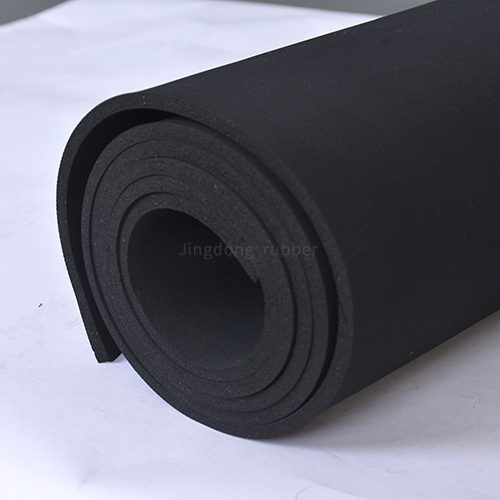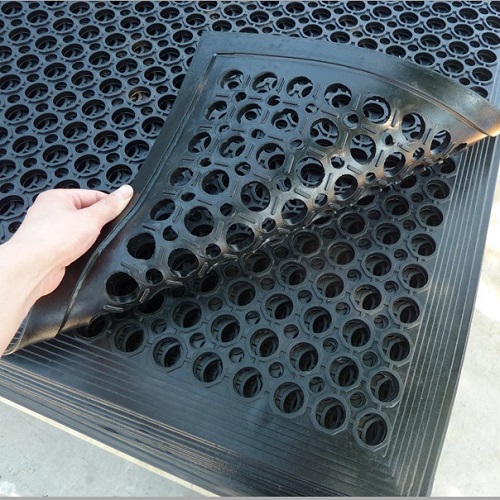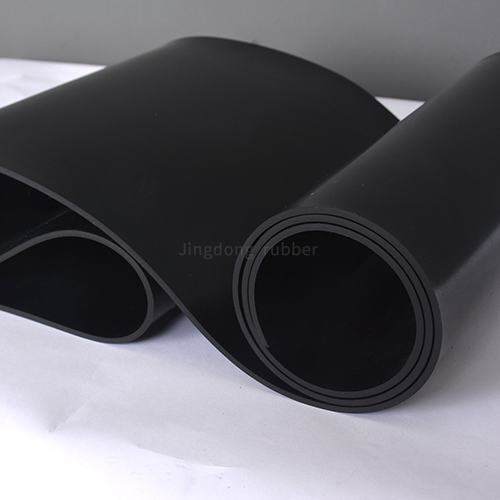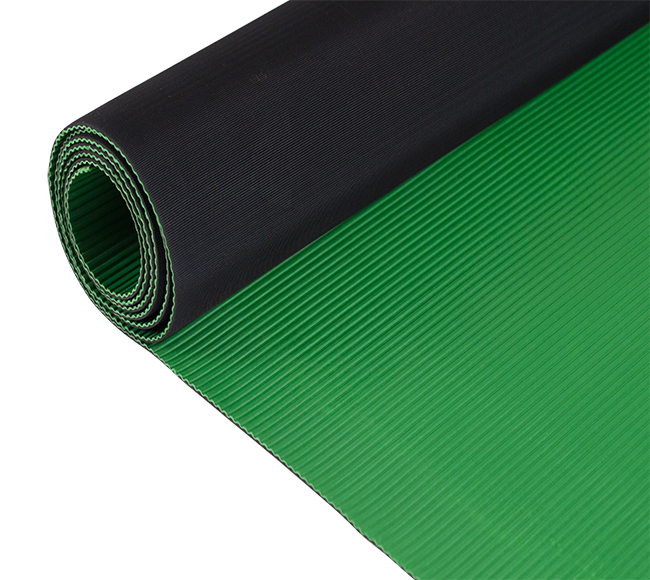Synthetic Fiber Sheets
What Are Synthetic Fiber Sheets?
As an expert in high-performance materials, I've seen the evolution of synthetic fiber sheets over the years. These sheets are engineered textiles composed of man-made fibers such as polyester, nylon, polypropylene, and aramid. Unlike natural materials, synthetic fiber sheets offer superior durability, resistance to environmental factors, and customizable properties to meet specific industrial and consumer needs. They are widely used in automotive, construction, filtration, and home furnishing industries due to their versatility and long-lasting performance.
Key Parameters of Synthetic Fiber Sheets
To ensure you select the right product, it's important to understand the technical specifications. Here's a detailed breakdown of essential parameters:
Core Material Properties
- Fiber Type: Common types include polyester, nylon, polypropylene, and aramid blends, each offering unique tensile strength and thermal resistance.
- Weight per Unit Area: Typically ranges from 50 to 500 g/m², affecting thickness and application suitability.
- Tensile Strength: Measures resistance to breaking under tension, usually between 20 to 200 MPa depending on the fiber composition.
- Melting Point: Varies by material; for example, polyester melts around 250-260°C, while aramid can withstand up to 500°C.
- UV Resistance: Additives can enhance stability against sunlight degradation, crucial for outdoor use.
- Chemical Resistance: Resistant to acids, alkalis, and solvents, making them ideal for harsh environments.
Performance Specifications
| Parameter | Typical Range | Application Impact |
|---|---|---|
| Thickness | 0.1 mm to 5.0 mm | Thinner sheets for lightweight uses; thicker for heavy-duty insulation or padding. |
| Porosity | 10% to 90% | Higher porosity allows better airflow in filtration, while lower offers barrier protection. |
| Color Options | Standard: White, Black, Gray; Custom dyes available | Aesthetic and functional (e.g., heat absorption in dark colors). |
| Fire Retardancy | Class A to C ratings | Essential for safety in construction and automotive interiors. |
| Moisture Absorption | <1% to 5% | Low absorption prevents mold and maintains integrity in humid conditions. |
Applications of Synthetic Fiber Sheets
These sheets are integral across multiple sectors due to their adaptability. In the automotive industry, they serve as interior linings and insulation materials. For construction, they provide reinforcement in composites and waterproofing layers. Filtration systems rely on them for efficient particle capture, while home furnishings use them in durable upholstery and bedding. The ability to tailor properties like weight and fire resistance makes synthetic fiber sheets a go-to solution for engineers and designers.
FAQ: Common Questions About Synthetic Fiber Sheets
What are the main advantages of synthetic fiber sheets over natural materials?
Synthetic fiber sheets offer enhanced durability, resistance to moisture, chemicals, and UV rays, and longer lifespan. They can be engineered for specific strengths and are often more cost-effective in high-wear applications.
How do I choose the right thickness for my project?
Consider the load and environmental conditions. For light filtration, thinner sheets (0.1-1.0 mm) suffice, while structural support may require thicker options (2.0-5.0 mm). Always check the tensile strength and application guidelines.
Are synthetic fiber sheets environmentally friendly?
Many are recyclable, and advancements in bio-based polymers are improving sustainability. However, disposal should follow local regulations. Look for products with eco-certifications if environmental impact is a priority.
Can these sheets be customized for specific colors or sizes?
Yes, manufacturers often provide custom dyeing and cutting services. Standard sizes are available, but bespoke dimensions can be produced to fit unique project requirements.
What maintenance is required for synthetic fiber sheets?
They generally require minimal upkeep. Regular cleaning with mild detergents and avoiding abrasive chemicals will preserve their properties. For outdoor use, periodic inspections for UV degradation are recommended.
How do synthetic fiber sheets perform in extreme temperatures?
Performance varies by material. Polyester handles moderate heat well, while aramid excels in high-temperature environments up to 500°C. Always verify the melting point and thermal stability for your specific conditions.
- View as






